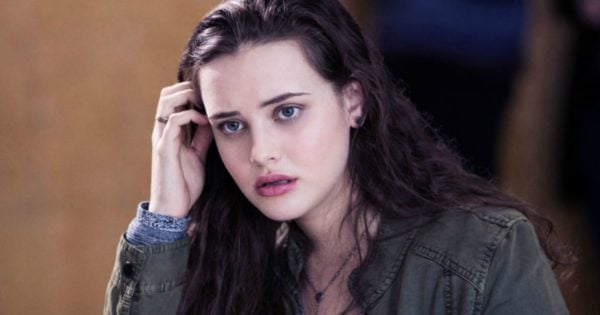The final episode of Netflix series 13 Reasons Why has divided critics for its graphic scene of 17 year old character Hannah Baker committing suicide.
Experts, mental health advocates and general viewers have expressed their disappointment and worry that such a detailed depiction could have dangerous consequences.
Now national youth mental health foundation Headspace has issued a warning, following growing concerns raised by schools, parents and young people across Australia since the show aired in late March.
Listen: The Binge team argues about whether 13 Reasons Why is powerful or problematic. Post continues below.
Both the national headpsace School Support Program, which supports school communities in the aftermath of a suicide, and eheadspace, the national online and over-the-phone counselling service has reportedly received a number of calls and emails in regards to 13 Reasons Why.
The concern lies with the “confronting and graphic messaging and imagery inclusive of suicide method and means.”
According to Kirsten Douglas, National Manager of headspace School Support, the content can cause distress to viewers, particularly if the audience is children and young people.





























































































